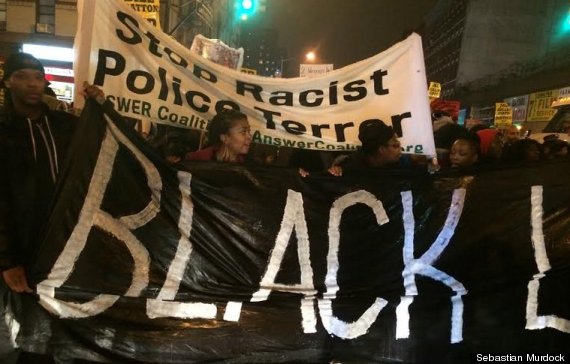By Kathryn Maureen Ryan
Impunity Watch, Managing Editor
KABUL, Afghanistan – Coalition Fores formally ended their combat mission in Afghanistan Sunday, marking the end of the longest combat operation in American history. The North Atlantic Treaty Organization (NATO) combat mission in Afghanistan, which began in the weeks after the September 11th 2001 attacks on the United States and has lasted 13 years, formally ended with the ceremonial retirement of the International Security Assistance Force (ISAF) mission’s green flag in a gymnasium in Kabul. Top officials within NATO have pledged to remain reliable partners in Afghanistan war against the Taliban and other militants in the region. The ceremony represented the shift from NATO’s combat mission to a much smaller support mission which will involve smaller scale assistance to Afghan forces as well as training.

“Our commitment to Afghanistan endures. . . . We are not walking away,” promised General John F. Campbell, the United States’ commander of the outgoing International Security Assistance Force mission. General Campbell will lead the new NATO support mission, which technically begins at midnight on New Year’s Eve. NATO’s support mission will leave 13,500 soldiers in the country, most of them American. “Resolute Support will serve as the bedrock of an enduring partnership” between NATO and Afghanistan, Campbell said. He paid tribute to the international and Afghan troops who have died fighting over the past 13 years, saying: “The road before us remains challenging but we will triumph.”
The President of The United States, Barack Obama, said in a written statement, “On this day we give thanks to our troops and intelligence personnel who have been relentless against the terrorists responsible for 9/11 — devastating the core al Qaeda leadership, delivering justice to Osama bin Laden, disrupting terrorist plots and saving countless American lives.” He added, “We are safer, and our nation is more secure, because of their service. “A total of 3,485 allied troops died in Afghanistan over the past 13 years in a war that is estimated to have cost more than $1 trillion dollars.
Taliban insurgents in Afghanistan on Monday declared the “defeat” of the United States and its NATO allies, a day after the coalition officially marked the end of its combat mission. “ISAF rolled up its flag in an atmosphere of failure and disappointment without having achieved anything substantial or tangible,” Taliban spokesman Zabihullah Mujahid said in a statement emailed on Monday. Despite suffering major losses during the 13 year war the Taliban continues to stage attacks on Afghan and NATO troops and is largely reasonable for growing civilian casualties in the country.
“There is a lot of concern for the rise in civilian casualties,” said Hadi Marifat, a Kabul-based analyst with the Centre for Civilians in Conflict. “The more territory the Taliban tries to occupy in the coming years, the more civilian casualties there will be because of military confrontations.”
The NATO mission in Afghanistan is drawing to a close despite the recent spike in violence and civilian casualties in the country which has left the future of Afghan security uncertain. 2014 has become the bloodiest year in the war’s 13 year history, with more than 10,000 civilians killed since the start of the year. Compared to 2013, this year also saw a 33% rise in casualties among children and a 12% increase among women, according to a UN report.
For more information please see:
Reuters – Taliban Declare ‘Defeat’ Of U.S., Allies in Afghanistan – 29 December 2014
CBS News – U.S. Formally Ends the War in Afghanistan – 28 December 2014
The Guardian – NATO Ends Combat Operations in Afghanistan – 28 December 2014
National Public Radio – Ceremony in Afghanistan Officially Ends America’s Longest War – 28 December 2014
The Washington Post – NATO Flag Lowered In Afghanistan As Combat Mission Ends – 28 December 2014
Al Jazeera – Afghan Civilian Casualties ‘Hit Record High’ – 20 December 2014


